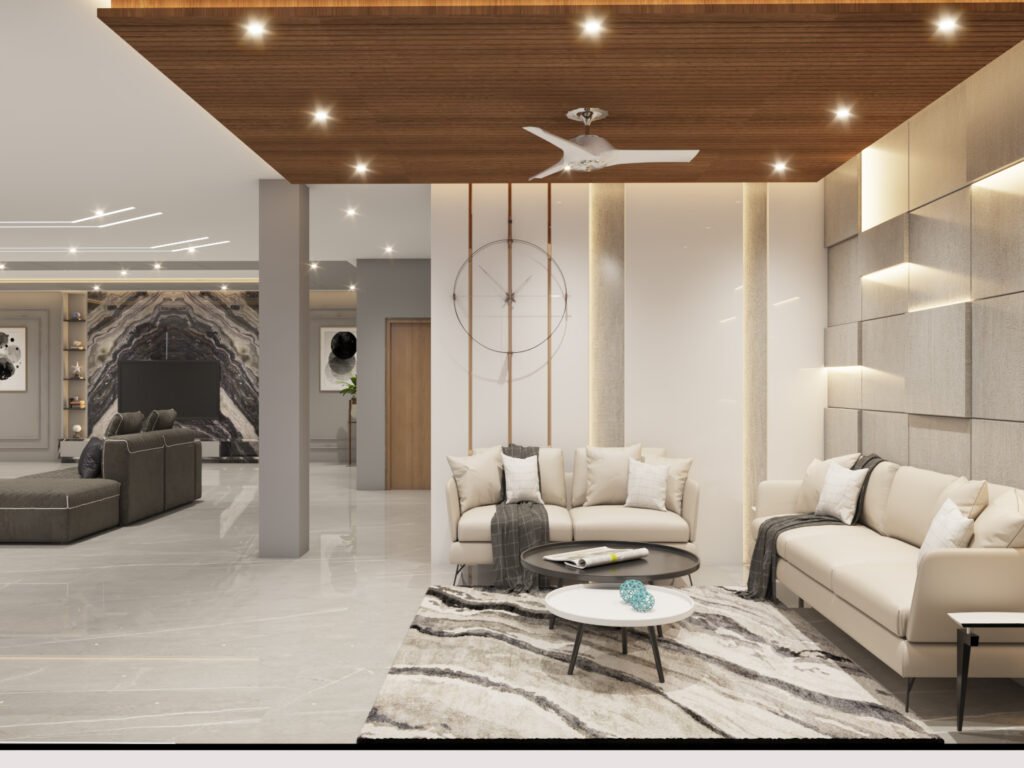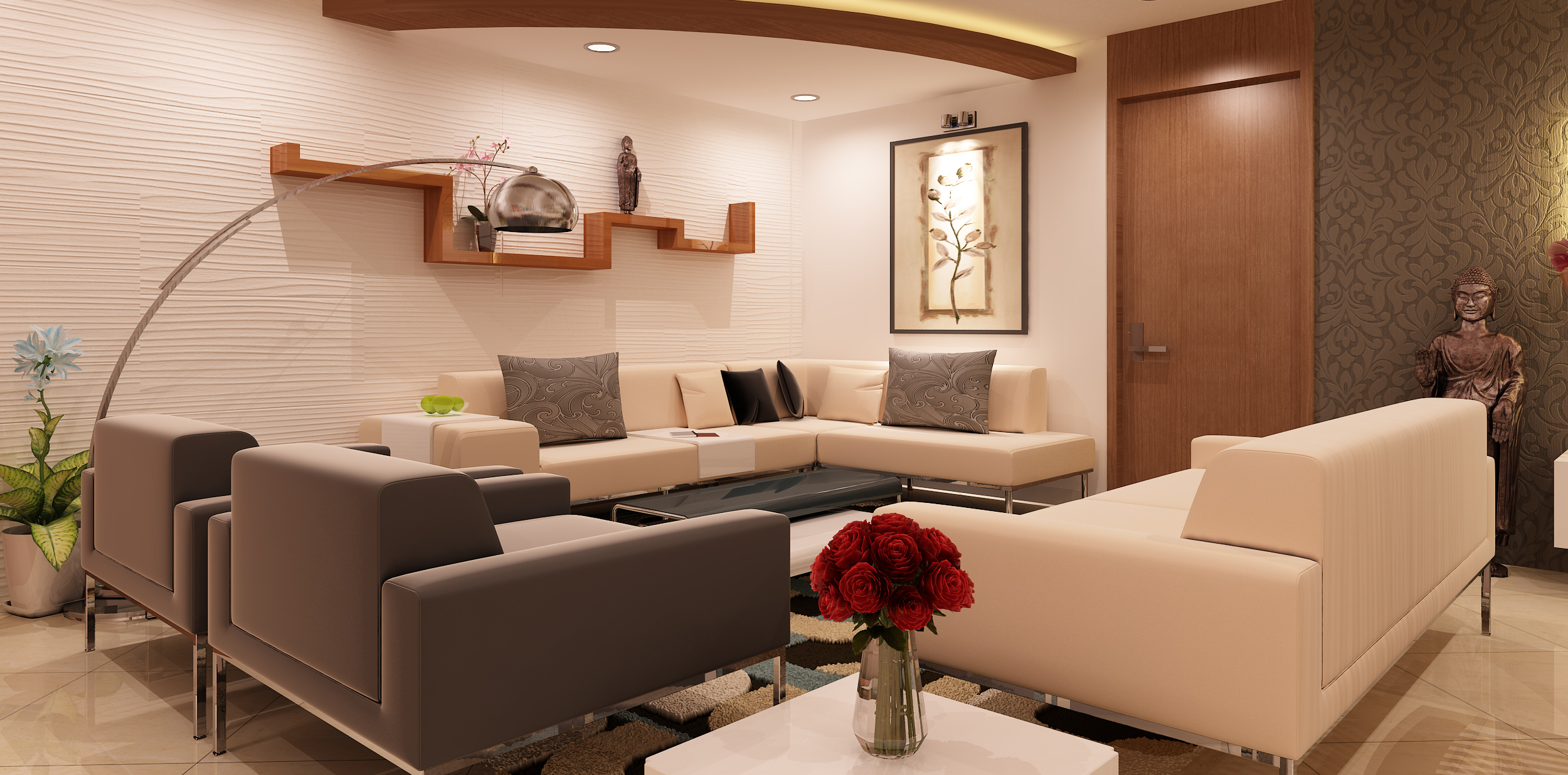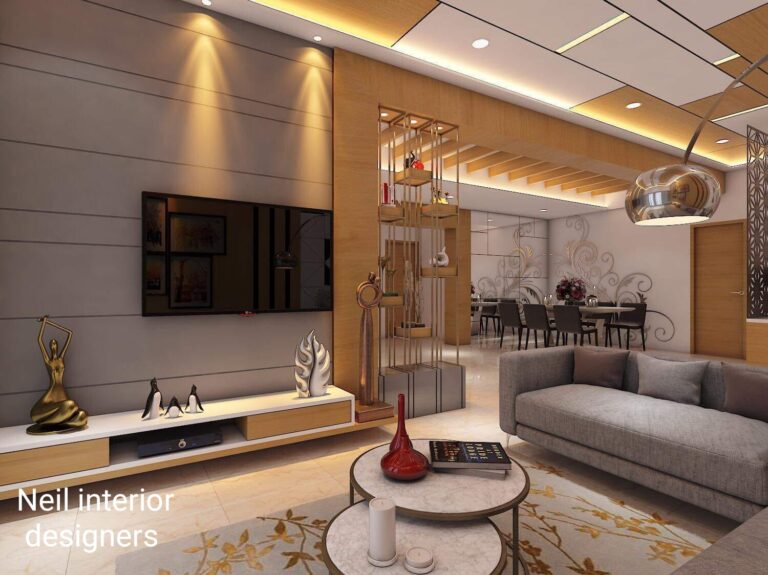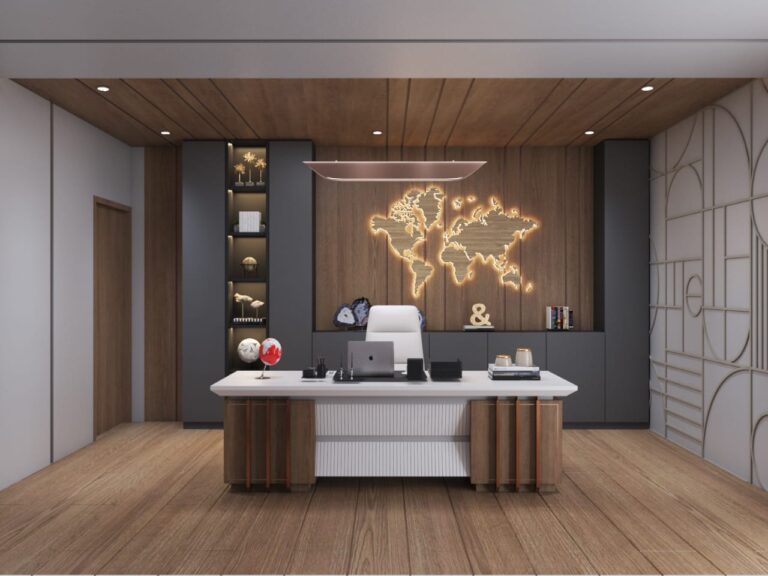Identifying the best quality plywood involves understanding various factors that influence its performance and durability. Here’s a detailed guide to help you make an informed choice:
Plywood Grades and Types
1. Grades of Plywood
- MR Grade (Moisture Resistant): This plywood is designed to resist humidity and moisture, making it suitable for areas with high humidity. However, it is not waterproof, so it shouldn’t be used in areas with direct water exposure.
- BWR Grade (Boiling Water Resistant): BWR plywood offers better water resistance than MR grade and can withstand occasional contact with water. It is suitable for exterior applications but isn’t entirely waterproof.
- BWP (Boiling Water Proof) Grade: Also known as Marine Grade plywood, BWP is highly resistant to water and is suitable for applications with prolonged water exposure, such as in boats and outdoor furniture.
- Flexi Ply: This type of plywood is flexible and can be bent or rolled, making it ideal for creating curved shapes in furniture and interior designs.
- Fire-Retardant Plywood: Designed to withstand fire and delay its spread, this plywood is used in homes, offices, and other buildings where fire risk is high.
- Zero Emission Plywood: This plywood emits negligible formaldehyde, making it safe for indoor environments, especially homes.
- Calibrated Plywood: Calibrated plywood is manufactured to ensure uniform thickness and evenness, making it ideal for precise applications like modular furniture.
2. Types of Plywood
- Softwood Plywood: Made from woods like pine, fir, or spruce, this plywood is typically used in construction and industrial applications due to its strength and affordability.
- Hardwood Plywood: Composed of woods such as oak, maple, birch, or mahogany, hardwood plywood is often used for furniture and cabinetry because of its strength, durability, and attractive appearance.
- Tropical Plywood: Made from mixed tropical woods, this type is known for its superior quality and strength, making it suitable for a variety of high-stress applications.
- Marine Plywood: Specifically designed for high moisture environments, marine plywood is used in boat building and other applications requiring superior water resistance.
Quality Inspection Checklist
1. Visual Inspection
- Check for Defects: Look for visible cracks, warping, and overlapping layers. These defects can weaken the plywood and affect its appearance and structural integrity.
- Edges: Examine the edges for smoothness and ensure there are no visible voids or gaps between the plies. Gaps indicate poor bonding and can lead to weaknesses.
2. Check for ISI Mark
- The ISI mark signifies that the plywood meets the quality standards set by the Bureau of Indian Standards (BIS). This mark indicates that the plywood has been rigorously tested and adheres to specific quality parameters.
3. Examine the Core Material
- Types of Core Material:
- Gurjan Wood: Known for its exceptional strength and moisture resistance, ideal for high-quality applications.
- Poplar Wood: Offers good strength at an affordable price, suitable for interior use.
- Eucalyptus Wood: Provides moderate strength and is commonly used in commercial-grade plywood.
- Hardwood: Known for its durability and stability, contributing significantly to the overall strength of the plywood.
4. Inspect Thickness and Number of Layers
- Thickness: Thicker plywood is generally stronger and more durable. Ensure the thickness is consistent throughout the sheet.
- Number of Layers: High-quality plywood has more layers (plies), which enhances its stability and strength. Count the layers to ensure a robust construction.
5. Evaluate the Quality of Veneers
- Surface Veneers: Inspect the surface for visible defects such as cracks, patches, or overlaps. High-quality plywood should have smooth, even veneers without irregularities.
- Uniformity: The veneer should be uniform in thickness and free from knots to ensure a smooth and aesthetically pleasing finish.
6. Consider the Glue Used
- Types of Glue:
- Phenol Formaldehyde (PF) Resin: Ideal for marine-grade plywood due to its excellent waterproof properties.
- Melamine Urea Formaldehyde (MUF) Resin: Used in both exterior and interior plywood for its strong bonding and water resistance.
- Urea Formaldehyde (UF) Resin: Suitable for interior applications with limited moisture exposure, offering good strength at a lower cost.
7. Assess Weight and Density
- Weight: Heavier plywood often indicates a denser and sturdier construction, which generally means better quality.
- Density: Check the manufacturer’s specifications for density, as denser plywood typically offers greater strength and durability.
8. Look for Certifications
- Additional Certifications:
- ISO Certification: Indicates adherence to international quality management standards.
- Forest Stewardship Council (FSC) Certification: Ensures sustainable sourcing practices and environmental responsibility.
- CML Number: The Conformity Marking and Labelling (CML) number, provided by the BIS, ensures that the plywood complies with quality standards and offers traceability and accountability.
Summary
When selecting plywood, a comprehensive approach is essential. Perform a thorough visual inspection for defects and consistency, and ensure the presence of the ISI mark and other relevant certifications. Understand the types of core materials and glues used, and assess the weight, density, and thickness of the plywood. Prioritize high-quality veneers and products from trusted brands to ensure durability and reliability for your specific applications, whether for construction, interior, or educational purposes. By considering these factors, you can select plywood that meets high standards of quality and performance, suitable for a variety of uses from construction to fine furniture making.

Anil kumar
Founder, Director “Neil Interior Designers”
Feel free to contact us for any interior project needs. We’re here to help you create beautiful, functional spaces with the best quality materials



